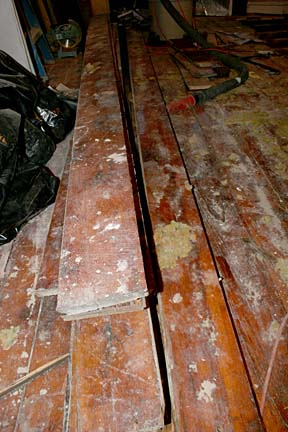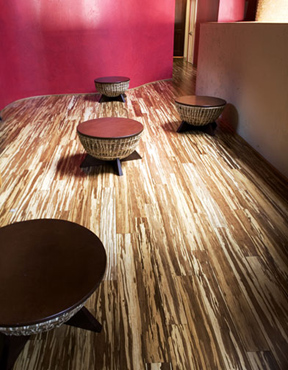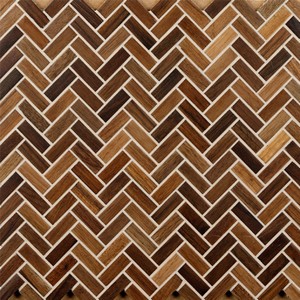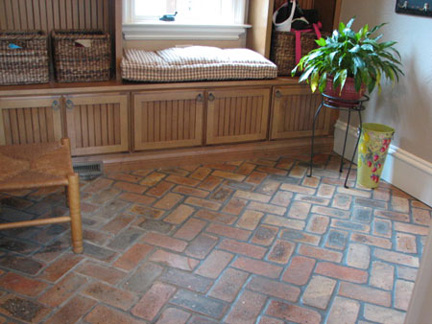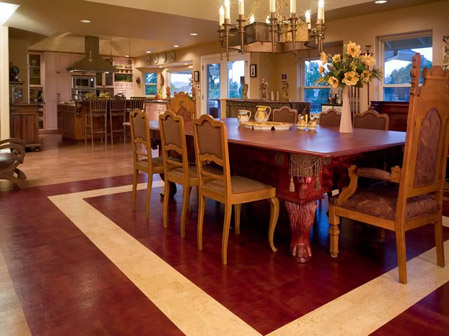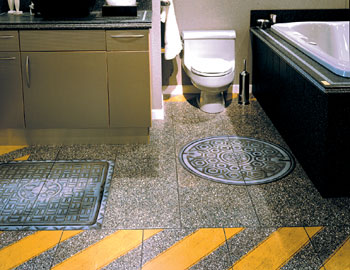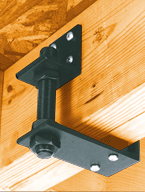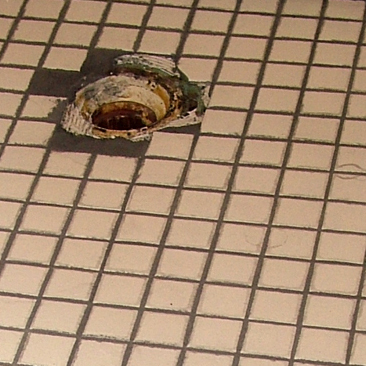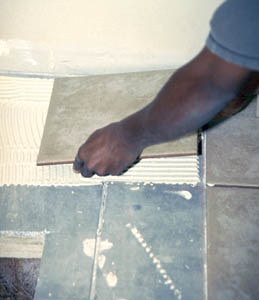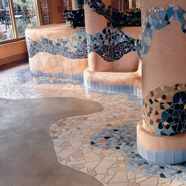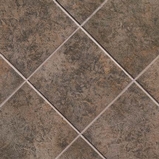It’s not like there’s a reclaimed building material megastore store in every neighborhood. Using second hand lumber is a labor of love. The day we launched we did a post on reclaimed flooring resources, but it was internet based. Since then, we’ve been trying to find local…and less expensive….wood.
Craigslist has been the best resource. If you go this route, you really need to start thinking about your project months in advance and check the postings religiously. The listings exist, from someone who ordered too much flooring to someone taking up a subfloor to someone tearing down an entire house. You should be able to transport the material at the drop of a hat and be willing drive to CT and NJ. It can be a full time job.
M. Fine Lumber is located right here in Brooklyn. They are not some new fancy pants green building supply company. They’ve been in business since the 1930’s and carry all sorts of recycled wood.
Build It Green in Queens is a re-use store. You would have to be extremely lucky to find 500 sq ft of wide plank flooring here. But keep in mind that wood studs and molding don’t grow on trees and yet they can be found here. As well as used electric boxes, cabinets, etc. (Editor’s note: Ok, I know that studs and molding ARE trees. Poetic license.)
The Old Barwood Site is for serious builders. These are whole barns up for sale. National listings but there are a few in upstate NY and PA. If you’re working on a huge project with a contractor, perhaps you can talk the contractor into it. Too much to take on for a simple DIY job.

